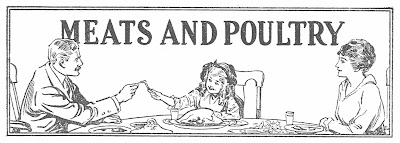1621: The Plymouth colonists and Wampanoag Indians share a harvest feast
1623: The aforementioned hold the second Thanksgiving feast (to finally finish the leftovers from 1621?)
1789: President George Washington makes the first proclamation of Thanksgiving by the United States government
1863: In the midst of the Civil War, President Abraham Lincoln calls for a "National Day of Thanksgiving"
1865: Darwin Martin is born in Bouckville, NY
c. 1873 Darwin Martin is attacked by a "bull turkey" in Nebraska
1867: Frank Lloyd Wright is born in Richland Center, WI
1893: "Lieber Meister" Louis Sullivan calls Wright a turkey (among other names)
1903-05: Wright and Martin collaborate to create some buildings in Buffalo, NY
1934: NBC radio broadcasts the first Thanksgiving Day football game (Lions vs. Bears), giving Americans everywhere a new form of turkey-day entertainment
1941: FDR signs legislation officially making Thanksgiving the fourth Thursday in November
2010: The Martin House Restoration Corporation adds additional Thanksgiving weekend tours to help entertain your in-laws








